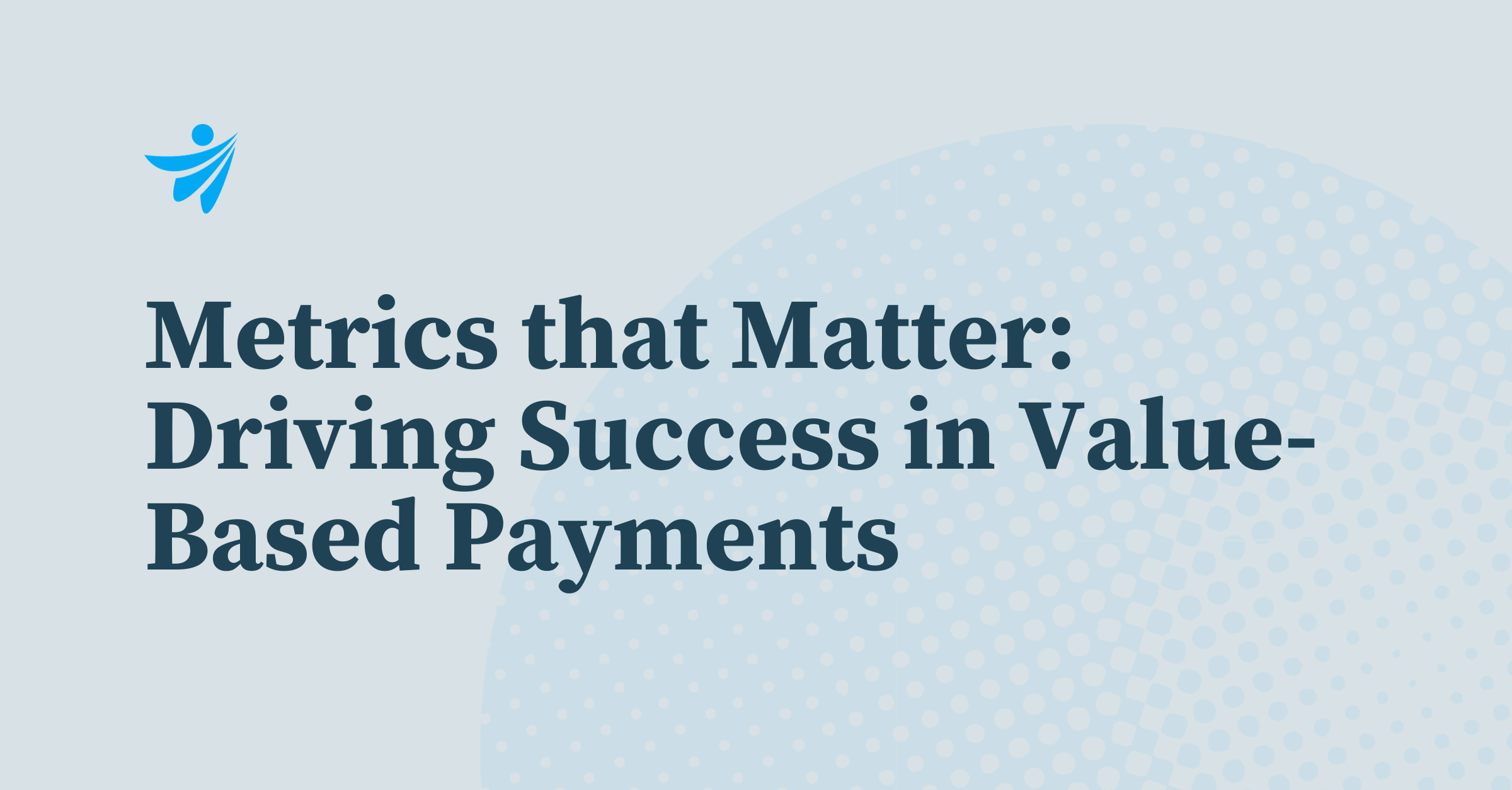
Quality
Oct 25, 2023
Value-Based Care | August 22, 2023
Today’s healthcare consumers are seeking a different kind of healthcare experience. Patients want more control over their healthcare choices and transparency into the cost and quality of services they receive. The healthcare industry’s shift away from traditional fee-for-service payment models to alternative payment models (APMs) that provide incentives for the quality of outcomes is helping providers and health plans meet those evolving patient expectations. When implemented effectively, alternative payment models promote high-quality, patient-centered care, making them attractive options for healthcare payers. They also help payers control costs, boost care efficiency, enhance preventive care, and result in member populations that are healthier and more engaged in their ongoing healthcare journey. Alternative payment models were introduced as part of the Medicare Access and CHIP Reauthorization Act of 2015 (MACRA). Unlike traditional fee-for-service payment models, which pay based on the volume of services provided, alternative payment models offer incentives for delivering higher-quality care at a lower cost. Depending on how it is structured, participation for a provider or payer in an alternative payment model may be voluntary or mandatory. Today’s APMs typically involve bundled payments or other capitated or quality incentives. Healthcare in the United States is more expensive than anywhere else, with healthcare spending reaching $4.3 trillion in 2021. There are several reasons for the increasing costs, including an aging population and the prevalence of more chronic conditions, which are more costly to treat. Fee-for-service models also contribute to higher healthcare costs, as there is a greater incentive to provide more services, which adds to the overall cost of care. Healthcare cost transparency has gained momentum in the past few years, with hospitals—and now health plans—required to reveal the costs associated with their services. Rate intelligence is also spotlighting how healthcare is billed and, ultimately, how it’s paid for, something that will continue to drive consumers to seek higher-quality, lower-cost alternatives and provide fodder for the continued rise in adoption of alternative payment models as providers and health plans seek ways to control costs and engage and retain patients. Patients today are more healthcare savvy than ever, and they want a patient-centric experience that feels personalized to them and focuses on the quality of care they receive. Care that is specific to an individual and takes their healthcare journey into account often results in improved outcomes, lower costs, and better patient-provider relationships. And when the goal is keeping patients out of the healthcare system rather than churning them through, patients, providers, and payers can all win. The flexibility inherent in some alternative payment models may also be attractive to health plans, with some, such as population-based payment models, allowing for flexibility in who provides the care and how and where that care is delivered. Such flexibility is enticing and aligns with changes in how patients want to receive their care. The COVID-19 pandemic dramatically increased the use of video conferencing and telehealth, and while healthcare services have largely returned to their pre-COVID state, many patients like the option to receive their care outside of the traditional physician’s office. The variety of alternative payment models can allow for this flexibility. Different alternative payment models are more appropriate for different healthcare settings. Some of the most popular are: Every patient is unique. When evaluating alternative payment models, it is essential to consider your patient mix and consider how you can tailor payments to the needs of specific patient demographics and risk profiles. The most successful APMs include accountability for both low- and high-risk patients. Alternative payment models have become increasingly popular, but a great deal of progress remains to be made. Across all payer types, 40% of healthcare payments were processed through advanced payment models in 2021. To increase participation in and success of alternative payment models, providers and payers need a framework for long-term success. The structure could be a review of the overall alternative payment model options rather than a narrow focus on individual models or “demonstrations,” as often termed. There are so many options and little empirical evidence of success for many. Moreover, fee-for-service models still dominate the payment structure for many providers and payers, with many alternative payment models still relying on some aspects of fee-for-service. Alternative payment models are not perfect, but some models, such as ACOs, have shown positive results. As the healthcare industry moves deeper into the second decade of the Affordable Care Act, mandatory participation in alternative payment models will likely become more common. With more physicians and payers implementing such payment models, more data will enable better, more effective evaluation and evolution. The healthcare ecosystem is in constant flux, and healthcare payers must be open to evolving payment structures and continue to adapt. To ensure they remain competitive in an increasingly crowded healthcare payer field, executives should continue to explore and invest in alternative payment models. It’s how health plans will set themselves apart and how they will engage and maintain their membership. What are alternative payment models?
What’s behind the rise of alternative payment models?
Embracing flexibility in payment structures
Which alternative payment model is right for you?
The road ahead: opportunities and challenges for APMs
Conclusion